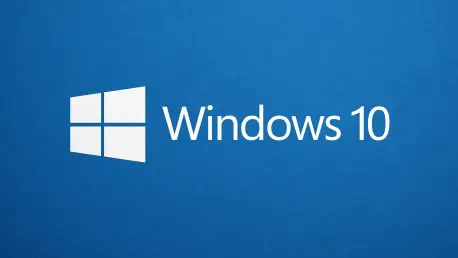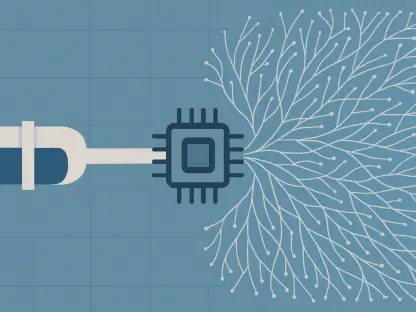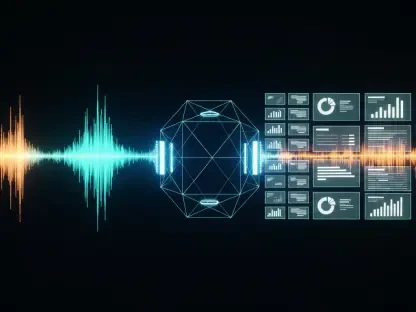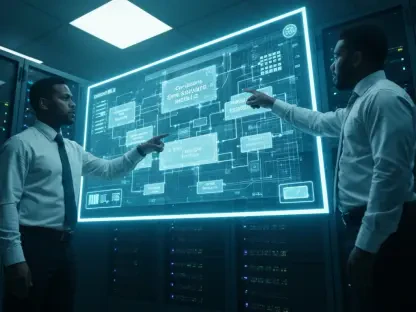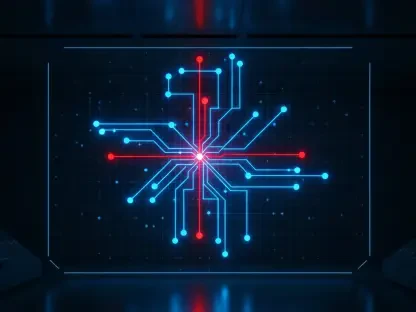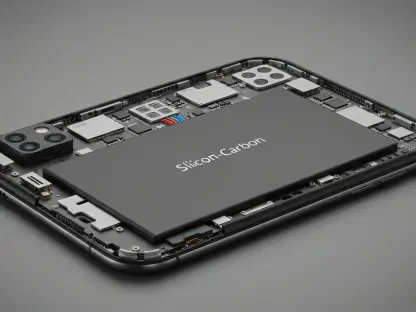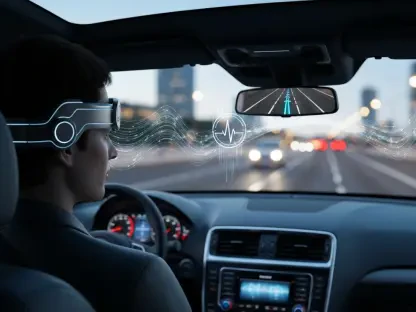I’m thrilled to sit down with Oscar Vail, a renowned technology expert whose insights into quantum computing, robotics, and open-source projects have made him a trusted voice in the tech industry. Today, we’re diving into the much-discussed topic of Windows 10 extended support, Microsoft’s rollout strategy, and the ongoing push toward Windows 11. Our conversation explores the ins and outs of this program, the challenges users face, and what it all means for the future of operating systems.
Can you walk us through what the Windows 10 extended support program entails and why it matters for users sticking with this OS?
Absolutely, Grace. The Windows 10 extended support program, often referred to as the Extended Security Updates (ESU) scheme, is essentially a lifeline for users who aren’t ready or able to upgrade to Windows 11. It ensures that after the official End of Life date in October 2025, Microsoft will continue to provide critical security updates to keep systems safe from vulnerabilities. This is huge for individuals and businesses who rely on Windows 10 but face hardware or software compatibility issues with Windows 11. It’s a way to buy time without sacrificing security.
How did Microsoft kick off this extended support offer, and what’s behind the gradual approach to its rollout?
Microsoft started rolling out the ESU program about a month ago, but it’s been a limited release so far. The idea is to introduce it slowly to avoid overwhelming their systems or users with potential bugs. They’ve chosen a phased approach to ensure everything runs smoothly, likely learning from past rollouts where rushing things led to headaches. It’s a cautious strategy, but it makes sense given the scale of Windows 10’s user base.
Many users haven’t seen the sign-up option yet in their Windows Update panel. What’s causing this delay?
That’s a common frustration right now. Microsoft has confirmed they’re rolling out the enrollment wizard slowly, which means not everyone sees the sign-up button at the same time. It’s not a glitch in most cases—just a deliberate pacing on their part. Unfortunately, there’s no way to force it to appear; users just have to wait their turn as Microsoft expands access over time.
When should Windows 10 users expect to see this extended support option become available on their devices?
Microsoft has promised that the enrollment wizard will reach all Windows 10 PCs before the End of Life date in October 2025. That’s the hard deadline, so there’s no need to panic if you haven’t seen it yet. They’re likely to ramp up the rollout with major updates, like the one scheduled for September 9, 2025, to ensure everyone gets a chance to sign up well before support officially ends.
What are the different paths available for users to join this extended support program?
There are a few options, which is great for flexibility. First, there’s a free route where you sync your PC settings—not your files or personal data—with OneDrive. It’s a simple way to opt in if you’re already using Microsoft’s cloud services. Then there’s a paid option costing $30, which was initially the only way to join. Lastly, you can use 1,000 Microsoft Rewards points if you’ve earned enough through their program. Each method caters to different user preferences, which I think is a smart move.
There have been reports of hiccups during the sign-up process. Can you shed light on what’s been happening there?
Yes, some early users encountered glitches with the enrollment wizard, where the sign-up process would fail or stall. It wasn’t widespread, but it was enough to cause frustration. The good news is Microsoft addressed these issues pretty quickly, resolving the major bugs just a couple of weeks ago. It shows they’re actively monitoring feedback, which is reassuring for a rollout of this magnitude.
Microsoft is also ramping up full-screen reminders to upgrade to Windows 11. What can you tell us about these prompts?
These full-screen messages are essentially nudges from Microsoft, urging Windows 10 users to move to Windows 11. They’ve been around for a while but became more prominent with the recent August update. Users report seeing these pop-ups more frequently now, especially as the End of Life date looms closer. They’re designed to grab attention, often appearing after updates or at key intervals, and they’ll likely intensify as we approach October 2025.
What’s your perspective on Microsoft’s strategy with this slow rollout and their simultaneous push for Windows 11 adoption?
I think Microsoft is playing a balancing act here. The slow rollout of extended support feels like a deliberate choice to iron out any kinks and manage server loads, which is prudent given how many users are still on Windows 10. At the same time, the aggressive push for Windows 11 through full-screen reminders shows they’re eager to migrate users to the newer platform for long-term sustainability. It’s a bit of a mixed message—offering support while nudging hard—but it reflects the reality of managing an aging OS while promoting innovation.
What’s your forecast for the future of Windows 10 support and user adoption of Windows 11 as we near that 2025 deadline?
Looking ahead, I expect Microsoft to accelerate the ESU rollout in the coming months to meet their promise of full availability by October 2025. However, the bigger story will be how many users actually stick with Windows 10 versus upgrading. Hardware requirements for Windows 11 are still a barrier for many, so I think we’ll see a significant chunk opting for extended support, especially businesses. On the flip side, Microsoft’s persistent reminders might sway more home users to upgrade if compatibility improves or incentives are offered. It’s going to be a fascinating transition to watch unfold.
